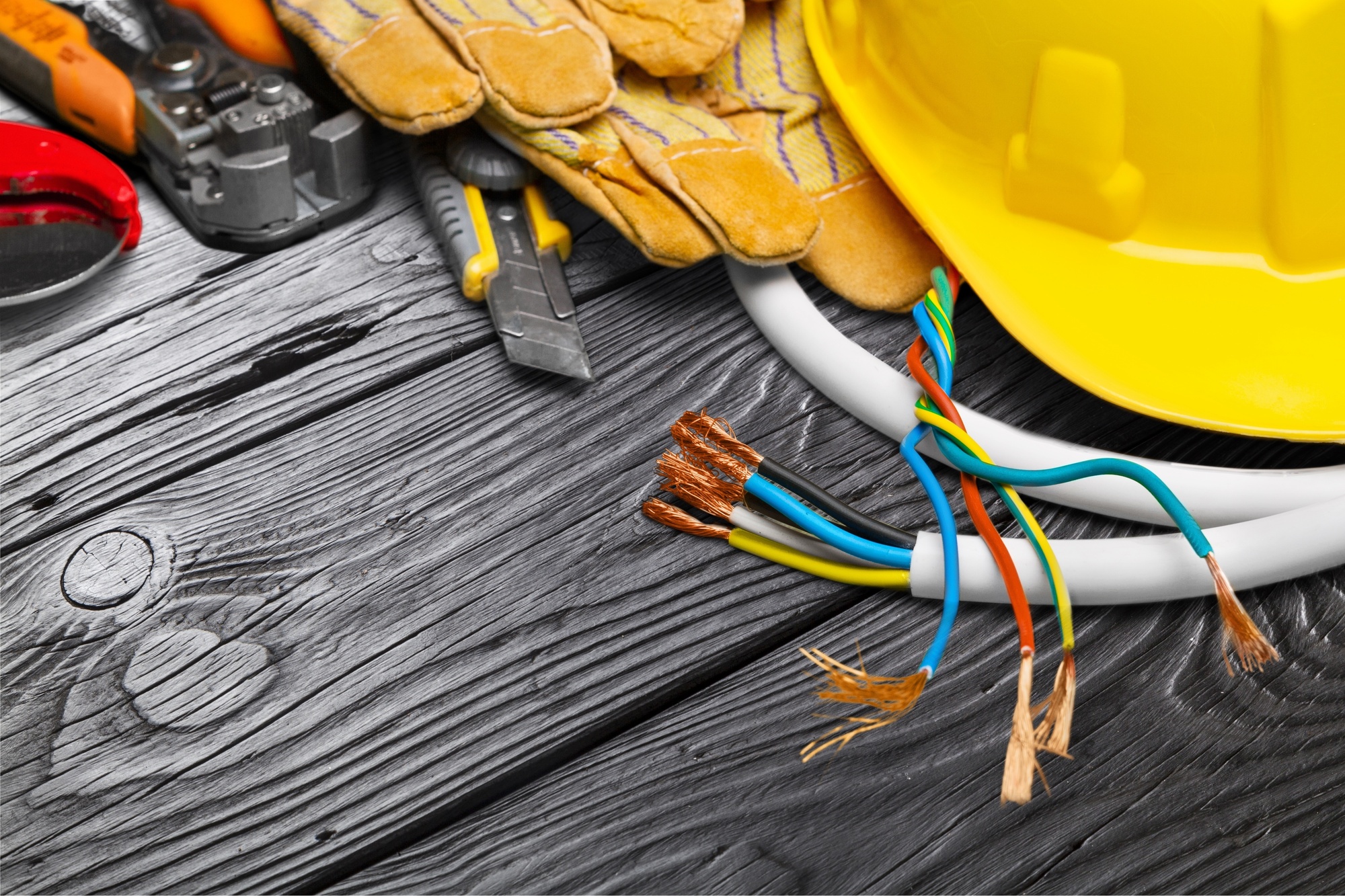Are you looking to do some DIY for the home?
Home improvement has surged recently and many homeowners are now relying on themselves to get things done around the house. Doing so saves money and allows one to customize their homes to their liking.
Handling your own electrical wiring is among the most impressive feats a homeowner can accomplish. It adds functionality and a ton of features to any household. Here are some tips on DIY electrical wiring to help you get started today!
1. Know and Manage Your Wires
Before starting on any DIY electrical projects, know your wires. There are different types of wires, often differentiated by their colors. Knowing which ones the neutral (white), hot (black), and ground (copper) wires are will help you avoid getting high-voltage shocks during your project.
It’s also a good idea to manage them before having current flow through them. An overstuffed electrical box will always cause trouble later on. Bunching up ground wires first and before neutral ones.
Doing this makes it less likely you will suffer a shock while working the wires. If you have too many wires to handle, it’s best to leave it to the professionals. These services can help sort out loose wires and even point out glaring flaws in your wiring.
2. Hide Wires and Gaps
Becoming a master of DIY electrical wiring means you have a beautiful facade in place. Aesthetics play a big role in electrical wiring, as obvious wires and gaps constitute a bad wiring job.
One way to hide gaps is by installing an oversized plate. These allow your outlets to transition into switches in your home. It’s easy to find one that fits your home’s theme in your local hardware store.
When dealing with wires, hiding them behind something big is ideal. It’s not an issue when installing large furniture like a DIY electric fireplace. The mantle they come with provides plenty of space for stray wiring to hide out of sight.
3. Always Test for Voltage
Once finished with your project, it’s time to know if your wiring setup works. While it’s easy to use your breaker and allow current back into that area of your home, doing so can be dangerous. Your wiring may direct current into the wrong areas, causing a short circuit that can affect your entire house.
Using a voltage tester is the best way to see if the current flows as it should. Check your wires with a voltage tester before handling them yourself, even if you bury them under layers of electrical tape.
Test your tester, too, to know if it’s reliable. You don’t want to be the first thing your DIY electric fence shocks because you have faulty equipment.
Do Some DIY for the Home Today
DIY for the home need not be so complicated, especially with electrical wiring. Use these three tips to manage your wiring and light up your house today!
Are you looking for more DIY ideas for the home? Check out more of our posts and guides and start on a new project today!

